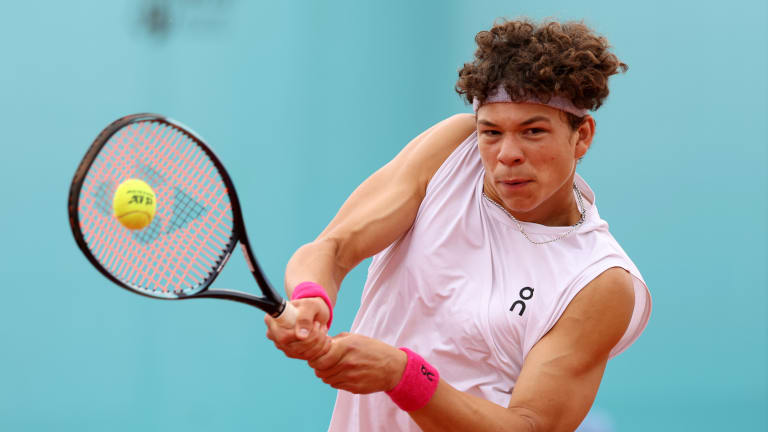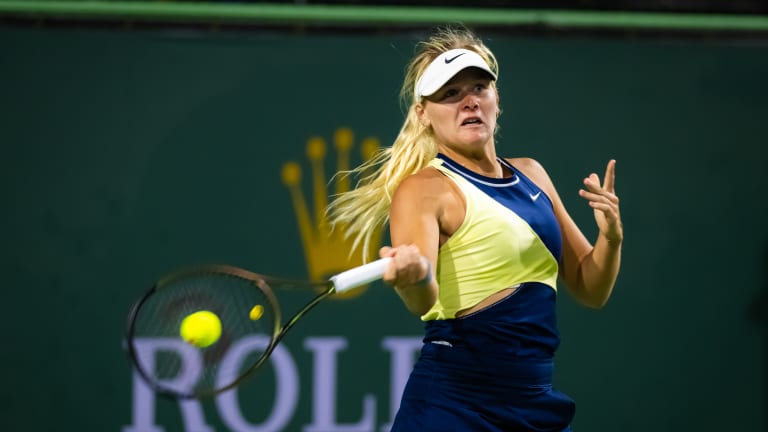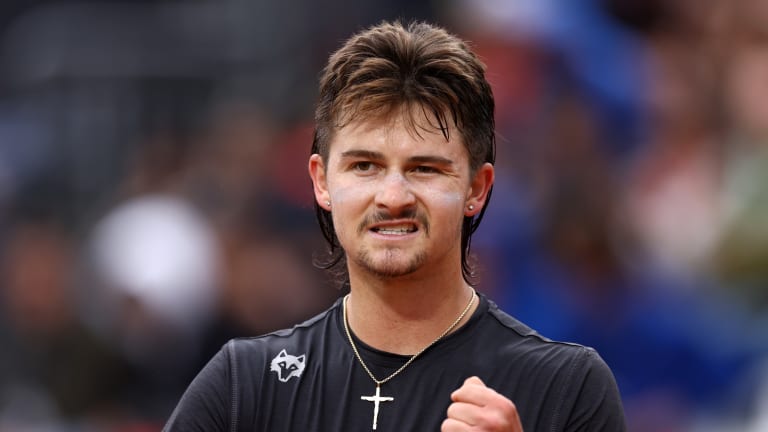Roland Garros
College players Ben Shelton, Peyton Stearns and J.J. Wolf have graduated to Roland Garros
By May 23, 2023Roland Garros
Was the Carlos Alcaraz-Jannik Sinner Roland Garros match the best ever played?
By Jun 13, 2025Roland Garros
Who were the winners and losers at 2025 Roland Garros?
By Jun 09, 2025Roland Garros
Carlos Alcaraz and Jannik Sinner played the match of the decade, and maybe the century, at Roland Garros
By Jun 09, 2025Roland Garros
PHOTOS: Carlos Alcaraz captivates Chatrier with trademark joy after improbable Roland Garros title defense
By Jun 09, 2025Roland Garros
Carlos Alcaraz saves three match points, tops Jannik Sinner in longest Roland Garros final of Open Era
By Jun 08, 2025Roland Garros
Aryna Sabalenka clarifies controversial Coco Gauff claim: "Can't pretend it was a great day"
By Jun 08, 2025Roland Garros
Coco Gauff counters Aryna Sabalenka's Roland Garros claim by saying she 'wanted' Iga Swiatek in final
By Jun 08, 2025Roland Garros
2025 Roland Garros men's final preview: Carlos Alcaraz vs. Jannik Sinner
By Jun 07, 2025Roland Garros
PHOTOS: Coco Gauff celebrates Roland Garros title with parents, toasts champagne at Tennis Channel set
By Jun 07, 2025College players Ben Shelton, Peyton Stearns and J.J. Wolf have graduated to Roland Garros
Playing a Slam in Paris for the first time, each hopes to be a quick study on the terre battue.
Published May 23, 2023
Advertising
Advertising

Ben Shelton, who had never left the United States until a trip to this year's Australian Open, hopes for a similarly successful debut in France.
© Getty Images
Advertising

Peyton Stearns, who starred at the University of Texas, will look to fire her forehand extensively on the terre battue.
© 2023 Robert Prange
Advertising
Advertising

Like Shelton and Stearns, JJ Wolf played college tennis, and is competing on clay the week before Roland Garros (in Geneva).
© Getty Images